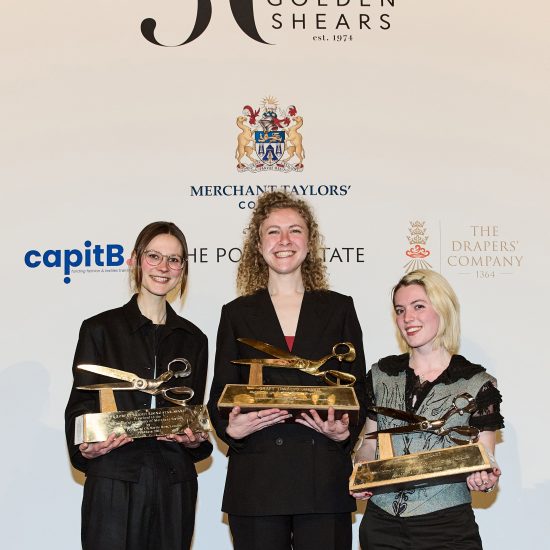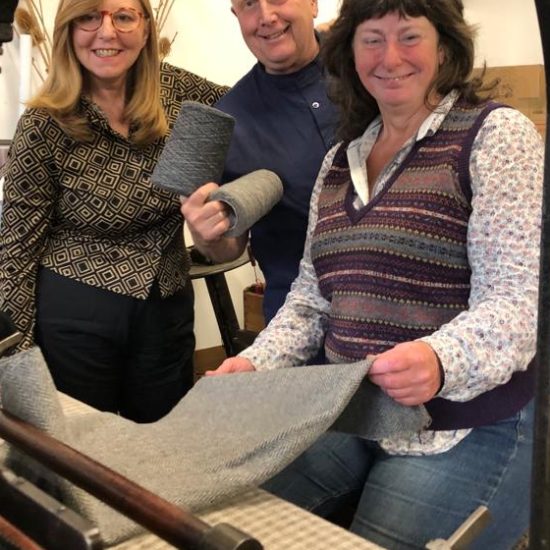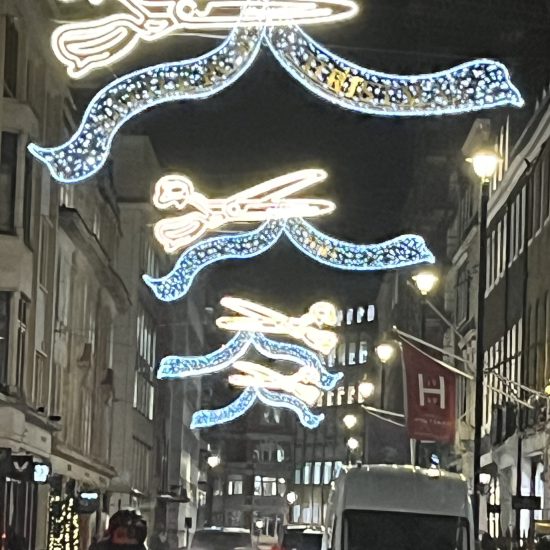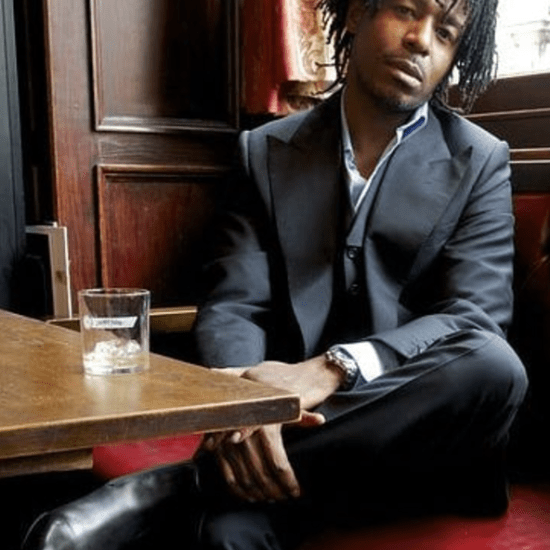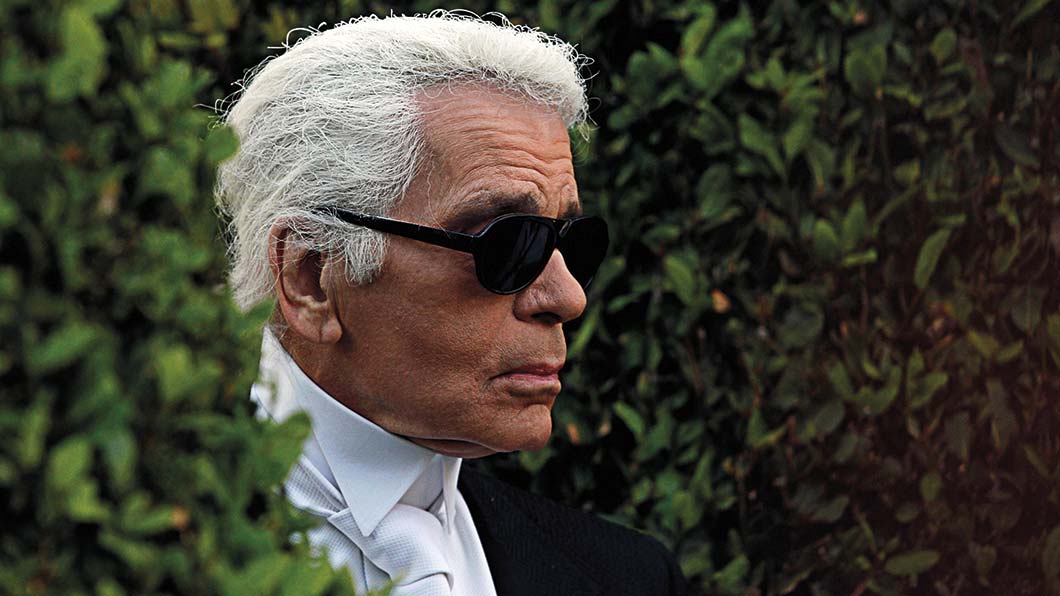
Karl Lagerfeld, one of the most influential and recognizable fashion designers of the 20th century, dies at the age of 85.
The German designer is best known for his work as the creative director of Chanel, the French luxury fashion house. He was a prolific designer, also at the creative helm of Fendi and his eponymous label at the time of his death.
Lagerfeld died in Paris, the city he helped turn into the fashion capital of the world, his label said. Rumors had swirled about his health after he was absent from his Chanel show in late January, due to what the fashion house described as tiredness.
Lagerfeld, who transformed Chanel into a global powerhouse after becoming creative director in 1983, was rarely seen without his dark glasses, a silver ponytail and fingerless gloves – gaining him the reputation as the most recognizable man in fashion, and one of its most outspoken.
“My job is not to do what she did, but what she would have done,” he said of the brand’s founder, Gabrielle “Coco” Chanel. “The good thing about Chanel is it is an idea you can adapt to many things.”
“Today the world lost a giant among men,” Anna Wintour, the editor-in-chief of Vogue, said in a statement. “His creative genius was breathtaking and to be his friend was an exceptional gift. Karl was brilliant, he was wicked, he was funny, he was generous beyond measure, and he was deeply kind. I will miss him so very much.”
Chanel CEO Alain Wertheimer said in a statement that the late designer was “ahead of his time” and his “creative genius, generosity and exceptional intuition” contributed to the House of Chanel’s success throughout the world.”
The head of LVMH, which owns Fendi and Louis Vuitton, said the fashion world had “lost a great inspiration”.
“We owe him a great deal: his taste and talent were the most exceptional I have ever known”, Bernard Arnault, the chairman and CEO of LVMH, said in a statement. “We loved and admired him deeply.”
Born in Hamburg, Germany, Lagerfeld went on to win a womenswear design competition in 1954.
He got his start in Paris working under Pierre Balmain in the 1950s, moving three years later to the House of Patou. He had stints as a freelancer for Chloé and was hired by Fendi in 1967 as a consultant director, responsible for modernizing the Italian house’s fur lines.
When Lagerfield took the reins at Chanel, he set to work reviving the brand’s staid offerings.
“[Chanel was] a sleeping beauty. Not even a beautiful one. She snored”, he said of the fashion house in “Lagerfeld Confidential,” a 2007 documentary. “So I was to revive a dead woman.”
Wertheimer said that he gave Lagerfeld “carte blanche in the early 1980s to reinvent the brand.”
Not only did his designs turn Chanel into one of the world’s most valuable couture houses, but Lagerfeld’s business savvy made him an early proponent of the now ubiquitous luxury collaborations with high street brands.
In 2004, he became the first designer to design a collection for H&M, a trend that was later followed by the likes of Stella McCartney, Comme des Garcons, Versace and Maison Martin Margiela.
He also had a reputation for his quips about the fashion world, and courted critics for controversial remarks about migrants in recent years.
In his latter years, he became the adoptive parent of Choupette Lagerfeld, a Birman breed cat that came to stay one Christmas and never left. The cat’s jet-set lifestyle by Lagerfeld’s side earned her a 120,000 personal Instagram following.
Chanel said Virginie Viard, director of Chanel’s Fashion Creation Studio and “Lagerfeld’s closest collaborator for more than 30 years,” will be taking over Lagerfeld’s role.
“So that the legacy of Gabrielle Chanel and Karl Lagerfeld can live on,” Chanel wrote in a statement.
SRS will publish a full celebration of Karl Lagerfeld’s life and times in our next edition.



